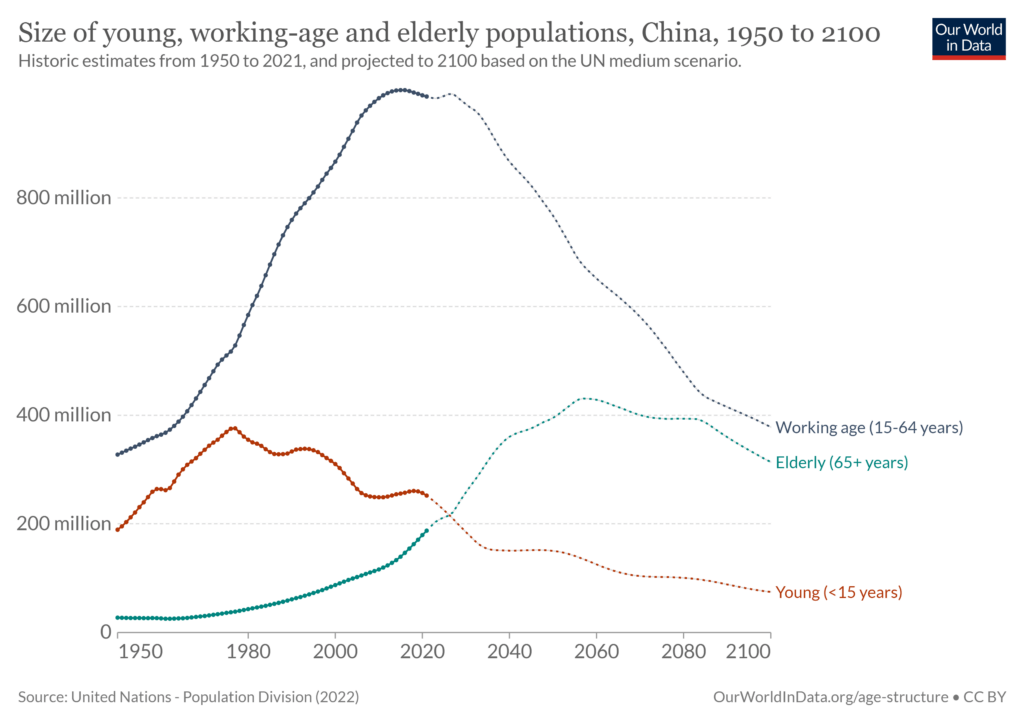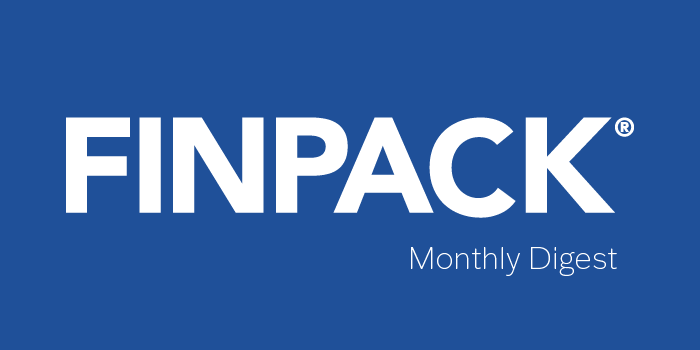The FINPACK Flyover series provides digestible briefs from a 30,000 foot perspective on broader, macroeconomic issues or events, and examines the potential threats / opportunities they may pose to the clients you work with. In this edition of the FINPACK Flyover, we look at how ongoing changes in global demographics could impact your clients.

Defining Demographics
Demographics, according to the Merriam Webster Dictionary, are the “statistical characteristics of human populations”. These characteristics can include age, income, marital status, ethnicity, religion, family size, education, etc.
How Demographics Connect to Economics
Demographics can give us insight into how populations behave and the behavior of various demographics can be major economic drivers. A prevailing school of thought in macroeconomics (called Keynesian Economics) follows the idea that prices are slow to respond to market changes and therefore spending (whether its consumer purchasing, business investment, or government expenditure) is what really affects output of an economy.
Age demographics of a population are a SIGNIFICANT driver of spending. Breaking a population down into two groups allows us to see this concept.
The Workforce Population
Individuals in the workforce are the real consumers of an economy. They have the disposable income. They are purchasing large capital items such as vehicles and houses or property. They’re investing in the stock market or other investment options. All of these activities generate income and capital in the economy. They’re paying taxes which enable government expenditure. They are generating a lot of spending within the economy. The income generated by these activities is needed to support the individuals who are not in the workforce.
The Population that is NOT in the Workforce (children, the elder population, etc.)
There are always individuals in a population or society who are not in the workforce. The majority of these will be the elderly and the young. These groups often rely on social programs (such as Social Security) or infrastructure (schools) supported by taxes (paid more by the workforce population).
As you can imagine, it’s important to have a large enough workforce population to support the needs of those not in the workforce.
Ongoing Global Demographic Changes and Trends
Since we can see the importance of having an ample sized workforce, there is value in looking at the population distributions of countries of interest to get a sense of what the future may hold.
United States
The chart below shows the trends and outlook for the United States population age groups.
This shows us that the US is projected to have a substantial increase in its elderly population, but the working age population is expected to remain fairly stable through the year 2100. This indicates the US could have an easier time supporting its aging population than other countries.

China
China is the largest export market for American agriculture and for much of the global economy. This makes it of particular interest to understand how its population is evolving to see how demand may change. The chart below shows the projected trends from the United Nations for China through the year 2100. We see a stark contrast in their projections compared to the United States. The workforce for China is projected to rapidly decrease over the next several decades.

Long-Term Implications for Your Clients
Paying attention to changes in demographics of major export markets is valuable to understand how demand may change for a product or a commodity in the long run.
China is of special concern for any ag clients of yours. Not only will they have a hard time maintaining a workforce large enough to support their elderly and young populations, but their population as a whole will be declining as well over the next several decades. A smaller population means less need and less demand for American agricultural products. With how big of a player China is in the commodity world, this will have a significant impact on commodity prices and markets in the long run.
Demographics are easy to overlook, but they are significant drivers of economies and markets that you do not want to ignore or forget.
Prior to joining the FINPACK Team, he worked one-on-one with farmers on farm financial management and income tax planning and preparation. Devin holds a Master's Degree in Agricultural Economics from Kansas State University, and a Bachelor's Degree in Agricultural Business from South Dakota State University.





